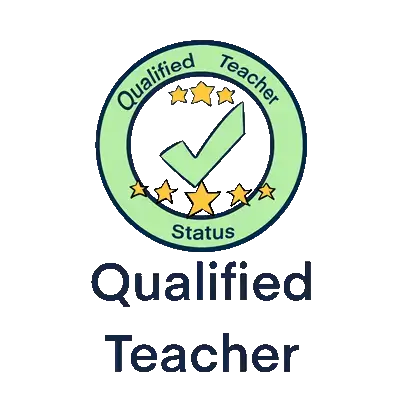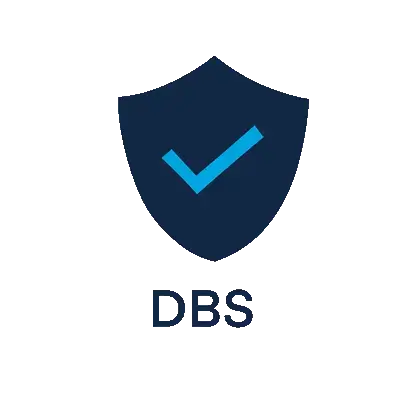CPA Maths: The Building Blocks of Mathematical Understanding
In this article, Sian continues her explanation of the Singapore Method for mathematics. Here, she focuses on the CPA element of Singapore maths, breaking it down to its core parts.
Picture this: a child stacking blocks, then drawing those blocks, and finally writing the number of blocks as a figure. This simple progression – from hands-on to visual to symbolic – is the essence of the CPA approach in Singapore maths. Let’s dive into this fascinating method that’s revolutionising how we teach and learn mathematics. CPA stands for Concrete, Pictorial, Abstract – a three-step learning process designed to develop a deep and intuitive understanding of mathematical concepts. It’s like building a house: you need a solid foundation (Concrete), a clear blueprint (Pictorial), and finally, the finished structure (Abstract).
The Concrete Stage: Hands-On Learning
This is where the magic begins. Students use tangible objects they can manipulate – things like counters, blocks, or everyday items. It’s all about making maths real and relatable. For instance, when learning addition, children might physically combine groups of objects, grasping the concept of ‘adding’ in a fun and memorable way.
The Pictorial Stage: Visualizing Concepts
Once students are comfortable with the physical representation, they move to the pictorial stage, representing concepts through drawings or diagrams. One star of this stage is bar modelling – a visual problem-solving technique that’s gained worldwide popularity. It helps students see relationships between numbers and makes complex problems more manageable. It’s used in Singapore from ages 7-16+ and is accepted as workings in exams for all exam boards in England.
The Abstract Stage: Symbols and Notation
Finally, students progress to using mathematical symbols and notation. By this point, they’re not just memorizing abstract symbols but have a concrete understanding of what these symbols represent, having experienced the concept in multiple forms.
The Beauty of Discovery
Throughout this process, children are encouraged to discover mathematical relationships for themselves. It’s not about being told how to do maths; it’s about uncovering the ‘why’ behind the ‘what’. This approach turns students into active learners and mathematical explorers.
Why CPA Works
The CPA approach caters to different learning styles, ensuring no child is left behind. Recent research supports its effectiveness. A 2023 study by Johnson et al. found that students taught using the CPA method showed significantly higher gains in mathematical understanding compared to traditional teaching methods (Johnson et al., 2023).
This method also builds confidence. As students progress through each stage, they’re constantly reinforcing their understanding. By the time they reach the abstract stage, the concept feels familiar and less intimidating. This aligns with findings from a 2022 meta-analysis by Zhang and Lee, which demonstrated that CPA-based instruction led to improved mathematical self-efficacy among students (Zhang & Lee, 2022).
The CPA approach is more than just a teaching method; it’s a way of thinking about
mathematics. It encourages creativity, develops problem-solving skills, and fosters a
deep, intuitive understanding of mathematical concepts. So, the next time you see a child playing with blocks or drawing pictures to solve a maths problem, remember: they’re not just playing – they’re building the foundations for advanced mathematical thinking. And who knows? They might just be
discovering the next big mathematical concept!
References:
Johnson, A., Smith, B., & Davis, C. (2023). Comparative analysis of CPA and
traditional mathematics instruction. Journal of Mathematics Education, 45(2), 112-
128.
Zhang, L., & Lee, K. (2022). The impact of CPA-based instruction on mathematical
self-efficacy: A meta-analysis. Educational Psychology Review, 34(1), 45-67.
Resources for Further Reading:
Book
- by




Start the discussion!